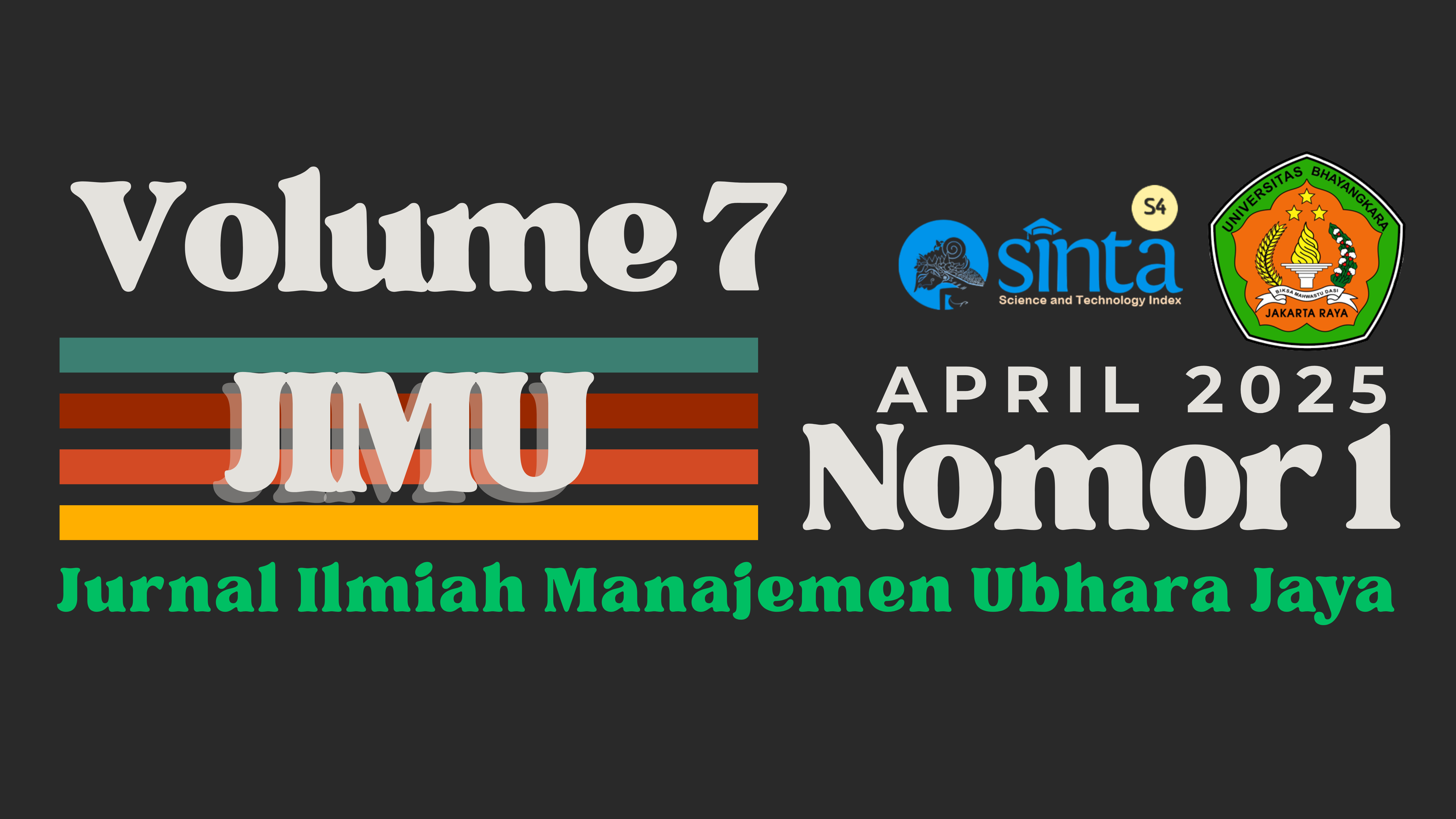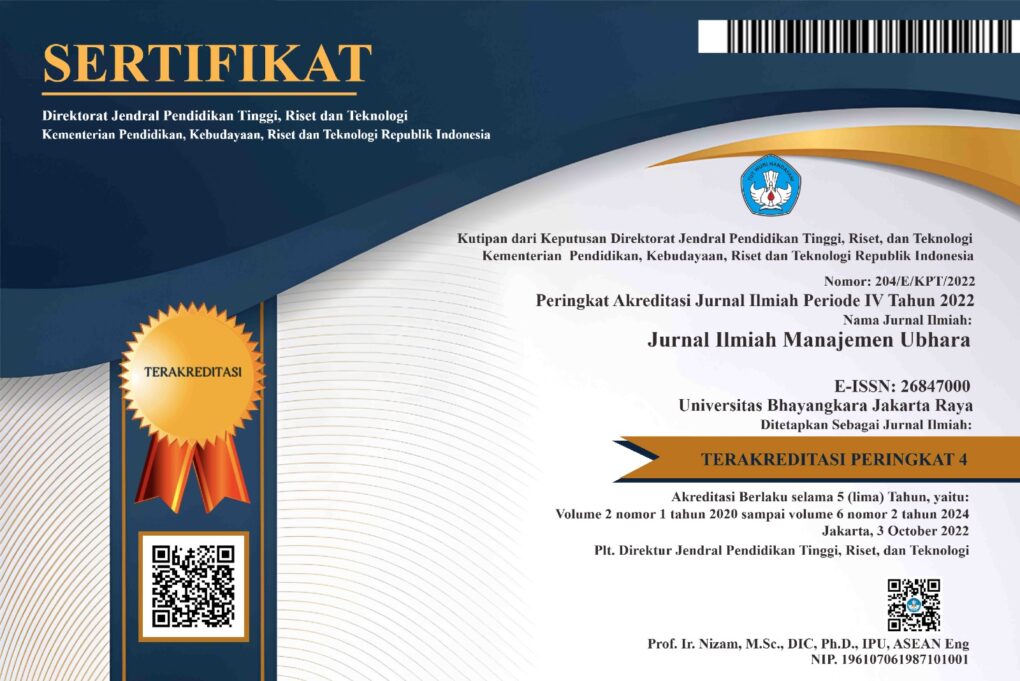Samsat Keliling Didukung E-Samsat Menjadi Faktor Kepatuhan Wajib Pajak Kendaraan Bermotor
Kata Kunci:
Services, Samsat, e-Samsat, taxpayersAbstrak
Penelitian ini bertujuan untuk menganalisis Pengaruh layanan samsat keliling, layanan e-samsat, dan sanksi perpajakan terhadap kepatuhan wajib pajak kendaraan bermotor (Studi kasus di Kabupaten Bogor, Jawa Barat).
Metodologi penelitian yang digunakan adalah metode kuantitatif dengan menggunakan data primer yang diperoleh dari hasil penyebaran kuesioner kapada masyarakat wilayah Samsat Kabupaten Bogor. Teknik pengambilan sampel menggunakan purposive sampling. Teknik analisa data menggunakan regresi linear berganda dengan menggunakan uji statistik deskriptif, uji kualitas data terdiri dari uji validitas dan reliabilitas serta uji asumsi klasik (Uji normalitas, Uji heterokedastisitas dan uji multikolonieritas) dan uji hipotesis t-statistik untuk menguji pengaruh dengan tingkat kesalahan 5%.
Hasil dari penelitian ini menunjukkan bahwa secara parsial variabel layanan samsat keliling tidak berpengruh terhadap kepatuhan wajib pajak kendaraan bermotor. Variabel layanan e-samsat berpengaruh positif terhadap kepatuhan wajib pajak kendaraan bermotor. Koefisien determinan dari penelitian ini menunjukkan angka sebesar 48,8%. Hal ini menunjukkan bahwa variasi variabel bebas layanan samsat keliling, layanan e-samsat, mampu menjelaskan variasi naik turunnya variabel kepatuhan wajib pajak kendaraan bermotor sebesar 48,8% sedangkan sisanya sebesar 51,2% dipengaruhi oleh variabel lainnya.
Unduhan
Unduhan
Diterbitkan
Terbitan
Bagian
Lisensi
Hak Cipta (c) 2025 JIMU (JURNAL ILMIAH MANAJEMEN UBHARA)

Artikel ini berlisensi Creative Commons Attribution 4.0 International License.







_-_Copy1.jpg)
